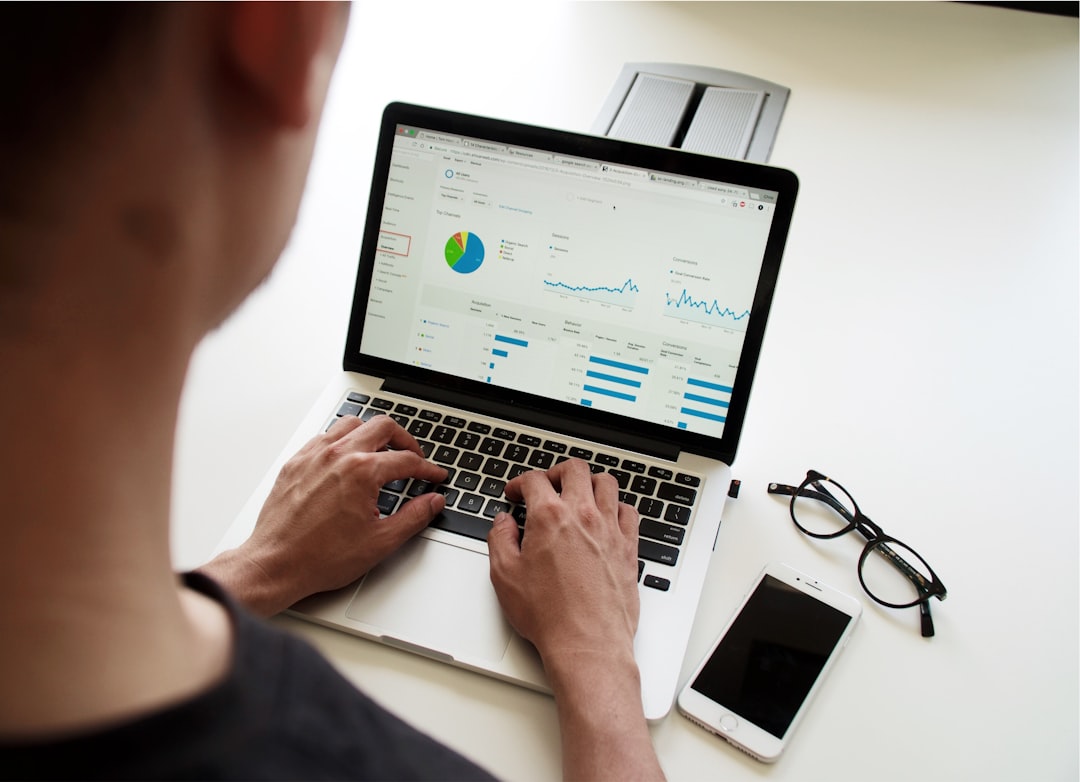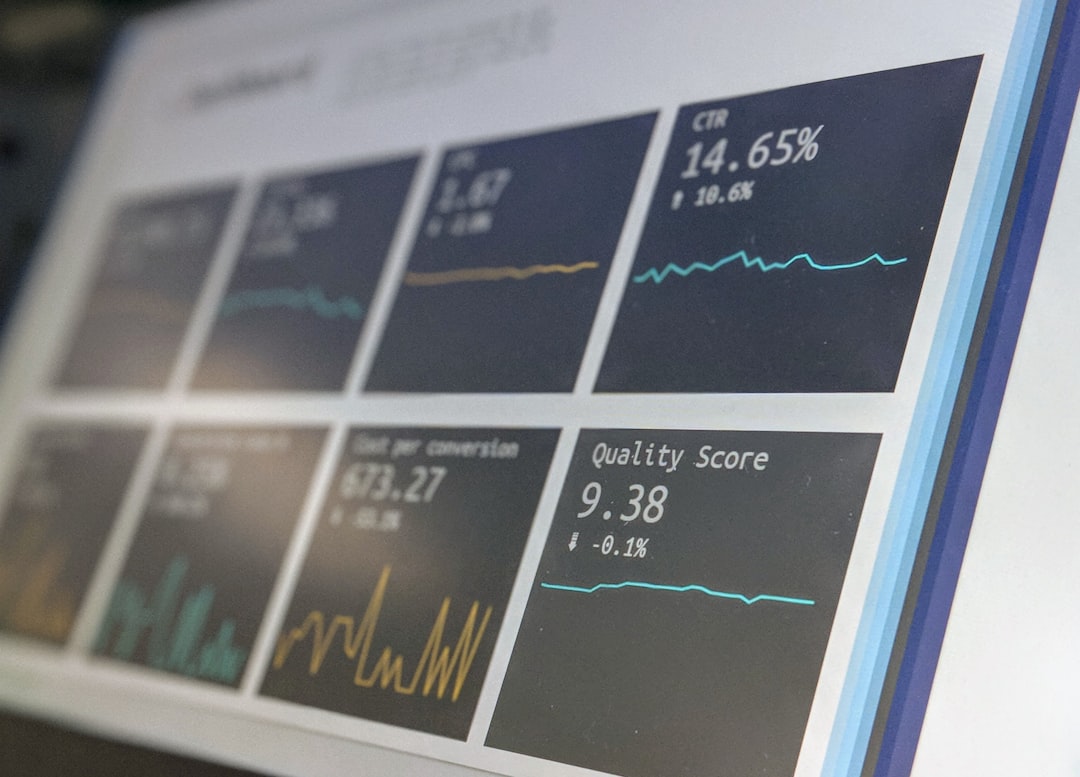
Understanding Economic Indicators: A Comprehensive Guide
# Introduction. Economic indicators are essential tools that provide insights into the overall health and direction of an economy. They are statistical representations that help analysts, investors, and policymakers make informed decisions about future economic activity. With a variety of indicators available, understanding what each signifies, how they are calculated, and their implications is vital for grasping the complexities of economic performance. # What are Economic Indicators?. Economic indicators are quantitative data points showing the current status or future prospects of an economy. These indicators can be classified into three main categories: leading, lagging, and coincident. - **Leading Indicators**: These are metrics that tend to change before the economy starts to follow a certain trend. They are predictive in nature and can help forecast future economic activity. For example, stock market performance can be a leading indicator, as rising stock prices typically suggest investor optimism about future growth. - **Lagging Indicators**: Unlike leading indicators, lagging indicators only become apparent after the economy has begun to follow a particular trend. They provide confirmation of what is happening and often include factors like unemployment rates, which reflect changes in the economy after they occur. - **Coincident Indicators**: These indicators move in tandem with the economy, reflecting the current state of economic activity. An example would be GDP, which illustrates the overall economic performance as it happens. # Common Economic Indicators and Their Meanings. Here’s a closer look at some of the most widely used economic indicators: - **Gross Domestic Product (GDP)**: This is the total monetary value of all finished goods and services produced within a country’s borders in a specific time period. GDP growth indicates a healthy economy and usually leads to an increase in employment. - **Unemployment Rate**: This percentage indicates the portion of the labor force that is unemployed and actively seeking employment. A rising unemployment rate typically points to economic downturns, while a decreasing rate signals recovery and growth. - **Consumer Price Index (CPI)**: The CPI measures the average change over time in the prices paid by urban consumers for a market basket of consumer goods and services. It’s a critical measure for inflation; higher CPI means decreasing purchasing power and possible economic trouble. - **Retail Sales**: This measures the total receipts of retail stores and serves as an indicator of consumer spending trends. It’s a vital sign of economic health, as increased retail sales often indicate increased consumer confidence and spending. # How to Use Economic Indicators. Understanding economic indicators involves analysis and interpretation. Investors often track these metrics to forecast market trends and make investment decisions. Here are a few tips for utilizing these indicators effectively: - **Look for Trends, Not Isolated Data**: One economic indicator alone doesn’t give a complete picture. Analyzing trends over time and in conjunction with other indicators provides more reliable insights. - **Context is Key**: Consider the broader economic context when evaluating indicators. For instance, in a highly inflationary environment, a low unemployment rate may not be as positive as it usually is since it could mean that the economy is overheating. - **Stay Informed**: Economic conditions change rapidly; being aware of the latest reports and trends can lend valuable insights into your investment or business strategy. # Conclusion. In conclusion, economic indicators are essential tools that provide critical insights into the health of an economy. By understanding these indicators—what they mean, their categories, and how to use them—individuals and businesses can make informed decisions. With ongoing economic changes globally, staying updated and aware of these indicators will strengthen your ability to adapt and respond effectively. Navigating through economic landscapes can be daunting, but with the right knowledge, it becomes a manageable adventure. .







